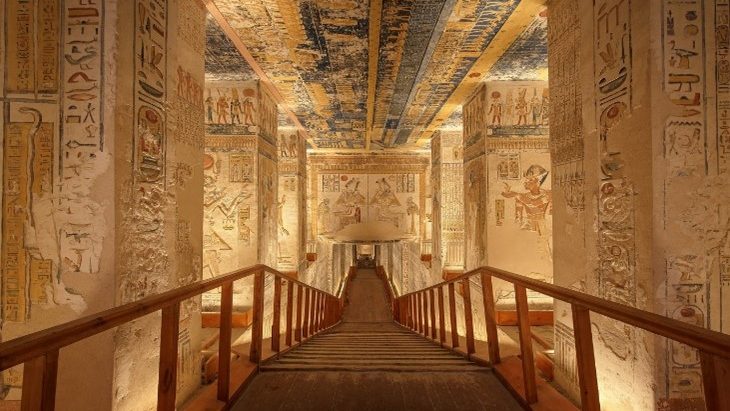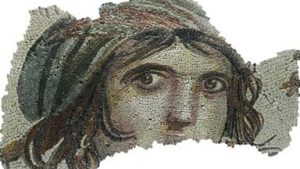Delve into the captivating world of ancient Egypt as we embark on a mesmerizing journey through the archaeological wonders that unveil the secrets of urban life in this enigmatic civilization. The archaeology of ancient Egypt has long fascinated scholars and enthusiasts alike, providing a unique window into the daily lives, rituals, and structures that shaped one of the most enduring civilizations in history.

At the heart of this exploration lies the urban landscape of ancient Egypt. Contrary to popular perception, the ancient Egyptians were not confined to the grandeur of the pyramids alone. The bustling urban centers were crucial hubs of activity, showcasing remarkable advancements in architecture, city planning, and societal organization.
The remnants of ancient Egyptian cities reveal astonishing architectural achievements. From the majestic temples of Karnak to the labyrinthine streets of Thebes, each structure tells a story of ingenuity and meticulous craftsmanship. The intricate designs and colossal structures not only served as religious and administrative centers but also reflected the societal values and the Egyptians’ deep connection with the divine.
Beyond the grand monuments, the archaeological record offers a glimpse into the daily lives of ancient Egyptians. Residential areas unveil the layout of houses, the use of courtyards, and communal spaces. Archaeological findings provide insights into domestic activities, including cooking methods, household items, and personal artifacts, painting a vivid picture of the routines and customs of the ancient Egyptians.
The bustling markets and economic centers of ancient Egypt were vital components of urban life. Archaeological excavations have unearthed evidence of vibrant trade networks, showcasing the exchange of goods both within Egypt and with neighboring regions. Discover the economic prowess of ancient Egyptians through the remnants of marketplaces, storage facilities, and workshops that fueled the economy of these urban centers.
Religion was an integral aspect of ancient Egyptian urban life, and the archaeological evidence attests to the significance of religious structures and practices. Temples dedicated to various deities, burial sites, and sacred precincts provide insights into the spiritual beliefs that permeated every aspect of daily life. The meticulous attention to religious architecture reflects the Egyptians’ unwavering devotion to their gods and the afterlife.
The archaeological discoveries in ancient Egyptian cities also shed light on the meticulous urban planning and governance systems. Administrative structures, such as the House of Life and granaries, reveal the organizational prowess of ancient Egyptian society. The layout of streets, squares, and public buildings reflects a thoughtful approach to city planning, showcasing the Egyptians’ advanced understanding of urban organization. As we unravel the archaeological treasures of urban life in ancient Egypt, a multifaceted tapestry of a sophisticated and thriving civilization emerges. From the grandeur of monumental structures to the minutiae of daily existence, the archaeological record paints a vivid portrait of a society that continues to captivate and inspire. Join us on this expedition through time as we explore the remnants of urban life in ancient Egypt, where every artifact unearths a new chapter in the fascinating story of this extraordinary civilization.
ARTICLE BY – KHUSHI SHAH | EDITED BY – SAHIL HARVANI



